JOHN MYERS: A PHOTOGRAPHIC JOURNEY THROUGH BLACK COUNTRY SUBURBIA
JOHN MYERS: PHOTOGRAPHING BLACK COUNTRY SUBURBIA
John Myers is a landscape and portrait photographer and painter. Between 1973 and 1983 he photographed mundane aspects of everyday life in the Black Country. Monochrome portraits of ordinary people and suburbia within short distance of his home in Stourbridge.
His black and white photographs of electricity substations, garages, TVs, electricity substations and new build houses became known as his “boring photographs”. Although his work is entirely English in mood, Myers was a contemporary of, and can be sympathetically compared to, American Landscape photographers including Stephen Shore, Lewis Baltz & Robert Adams.
Myers has an remarkable, archive of photographic images produced in the 70’s and 80’s of life, people and the barren emptiness of Thatcher’s Britain. Mostly focused around Stourbridge and Dudley, the images that Myers crafted have an sombreness about them and his empty streets, solitary characters and empty living rooms seem to unintentionally echo the social distancing of these strange days we are living in now as well as echoing conceptual minimalist themes.
In addition to the photographs’ minimal purity, they also epitomise a wonderful nostalgic and evocative perspective of the Dudley region in the early 1970s.
The Origins of John Myers’ Suburban Focus
What influenced you when you started out taking photographs?
An incomplete listing of photographic interests and influences 1972-1975
I was familiar with the work of many of these photographer although often through a mere handful of published photographs. Prior to the expansion in photographic book publication in the mid -1970s source material could be hard to obtain. Camera, Creative Camera and Art Forum were monthly magazines that kept one abreast of some developments. John Szarkowski’s publications at M.O.M.A. such as The Photographers Eye and The Photographer and the American Landscape were useful introductory anthologies. I was not aware of the work of photographers such as Peter Mitchell, Luigi Ghirri and Stephen Shore amongst many others.
The Influence of American Landscape Photography on Myers’ Work
My major influences were
Diane Arbus , Eugene Atget, E. J. Belloq, Walker Evans, Lewis Hine, Timothy H. O’Sullivan, August Sander.
What qualities made you want to photograph a subject and what were their reactions to being photographed?
I took my photographs in silence… I never worked with anyone else in the room – no distractions. The process wasn’t about talking – or putting the sitter at ease – and I began to realise that the fairly lengthy experience did certain things to people. They began to inhabit their own skin – the animation and gesture of the moment gave way to something that was inherently about themselves and their direct involvement in the process.
The Gandolfi 5 x 4 camera that I used had to be assembled and erected on a tripod, the lens inserted, position of camera and focus of lens established. All of this was partly conducted from under a dark cloth whilst looking into the back of the camera – where the image could just about be seen. The image was of course upside down and back to front. Then the lens was set, the dark slides inserted and slide cover removed…then I was ready to take the photograph.
I preferred working indoors using the available natural light, no flash, so exposure times could be quite long. It was hardly a social occasion and I can’t really recall that I ever said anything. I must have done of course – up to a point – but I never gave instructions about what clothes to wear, pose to adopt, or what they should do with their hands or feet. The only thing I always said was to describe the sound the shutter would make as the photograph was being taken (a click and a purr) … and that I would be obliged if they would refrain from blinking. I suppose it was an arduous, rather exacting experience for many of the subjects.
…’there’s a kind of power thing about the camera…everyone knows you’ve got some edge. You’re carrying some slight magic which does something to them. It fixes them in a way’ Diane Arbus
What was it that was so appealing about suburbia as a subject matter?
However much I may, at the time, have admired the skill of Ansel Adams and Edward Weston or the pastoral quality of Fay Godwin – they were photographing another world.
When I opened my front door I was confronted by Tarmac (asphalt), houses, a telegraph pole and a substation.
I never deliberately made a decision to photograph the ‘overlooked’ or the mundane. This is the world I live in. And that was why I photographed it – because there was nothing else.
Can you tell us about your process and do you have any rules?
The photograph with the best title is: Lift Doors Waitrose
We used to do the shopping every Friday at the local supermarket. The photograph was taken in available light and at eye level to give the impression that you are the first person to come across the lift doors.
It is not a special place, no crime – so far as I am aware -occurred here and no event is about to unfold from beyond the edge of the frame.
The image can be summed up in one short sentence: This is a photograph of the lift doors at Waitrose.
You tended to shoot your Black Country images in black & white. Was this a deliberate decision for the mood and atmosphere? or done through necessity?
Black and white film stock was cheaper and you could process it more easily oneself.
What is your favourite photograph that you produced?
Female brick worker, 1983
Female brick worker was taken on Valentine’s Day 1983. The low drying sheds were cold, lit by a single electric light, quite gloomy and almost deserted. I took two shots of the brick worker. I can recall the ‘mountain’ of clay with the finger marks and the coronation cup. That’s how it was! Nothing was added or moved.
Her working process is encapsulated in the image: the pile of clay, the flattened slab about to be inserted in the mould and the scraper to clean the waste clay away. And I recognised instantly the link/reference to Arthur Munby’s photographs of 19th century pit brow workers. Only the weak electric light, the plastic piny, bucket and coronation cup locate the photograph to 1983 and not 1883.
Did you have a preference for taking urban landscapes or portraiture work?
The work was not taken as a discreet set of series: the portraits, urban landscapes, televisions, sub stations and furniture stores were all taken.
Is there anything that you have learned about human nature through doing your photography?
Most people find it difficult to stand still for longer than half a second.
The Iconic ‘Boring Photographs’ Series: An Exploration of the Mundane
Your series of work that have subsequently become known as the ‘Boring photographs’ seems very ahead of its time. What was the thinking behind this group of work and how was it received at the time?
The American photographer Eve Arnold said that ‘It’s the hardest thing in the world to take the mundane and try to show how special it is. I think Eve Arnold got it wrong…it’s the hardest thing in the world to take the mundane and try to show how boring it is.
My photographs in this series were taken in flat light that gave imperceptible shade. The angle of view was also important, eye level, nothing fancy, dead pan, taken just as if you were the first person to come across the Dual Carriageway, or the Lift Doors at Waitrose.
The ‘deadpan’ aspect of these photographs does not just refer to the way the images look, it also describes a way of encountering the world and the refusal of this environment to offer up a visual or narrative engagement. The absence of people was quite deliberate. Why would I include pedestrians, or children playing in the street in a photograph of a house, or a substation? Introducing figures would add a narrative and turn the photographs into ‘conversation pieces’.
These are landscapes without incident. But unlike a painting by Edward Hopper – with its sense of foreboding and events just beyond the frame – in these photographs there was no hidden story.
rrbphotobooks.com
For print enquiries contact Rudi on prints@rrbphotobooks.com

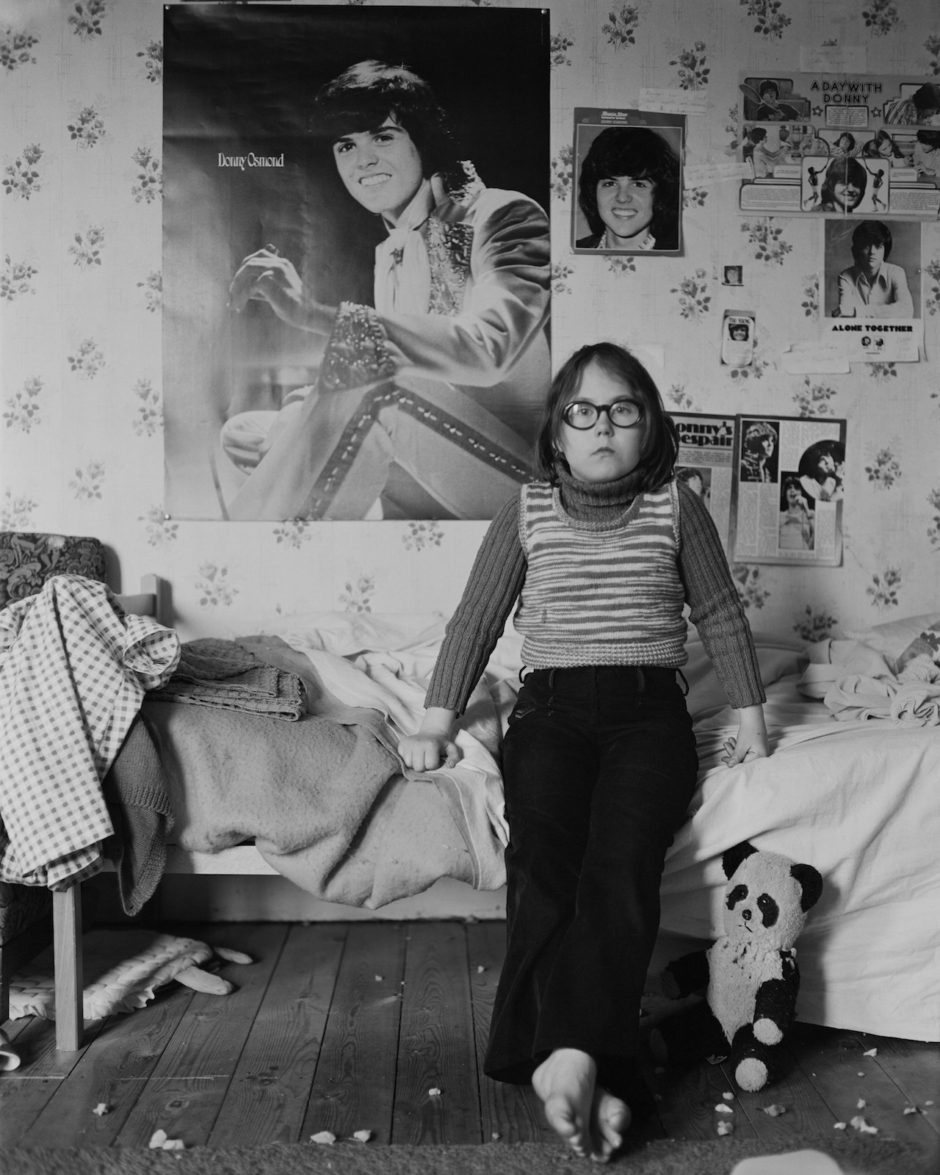
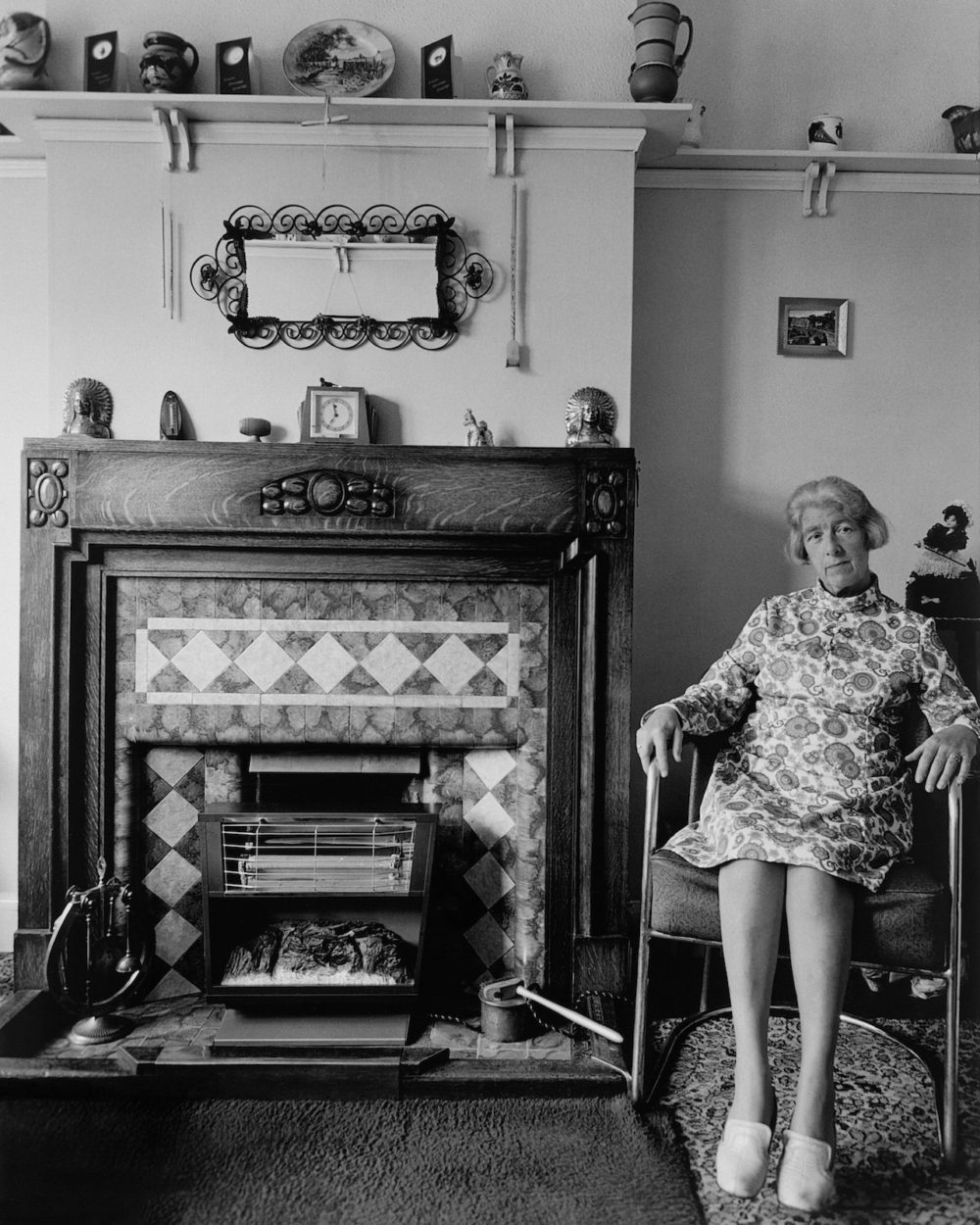
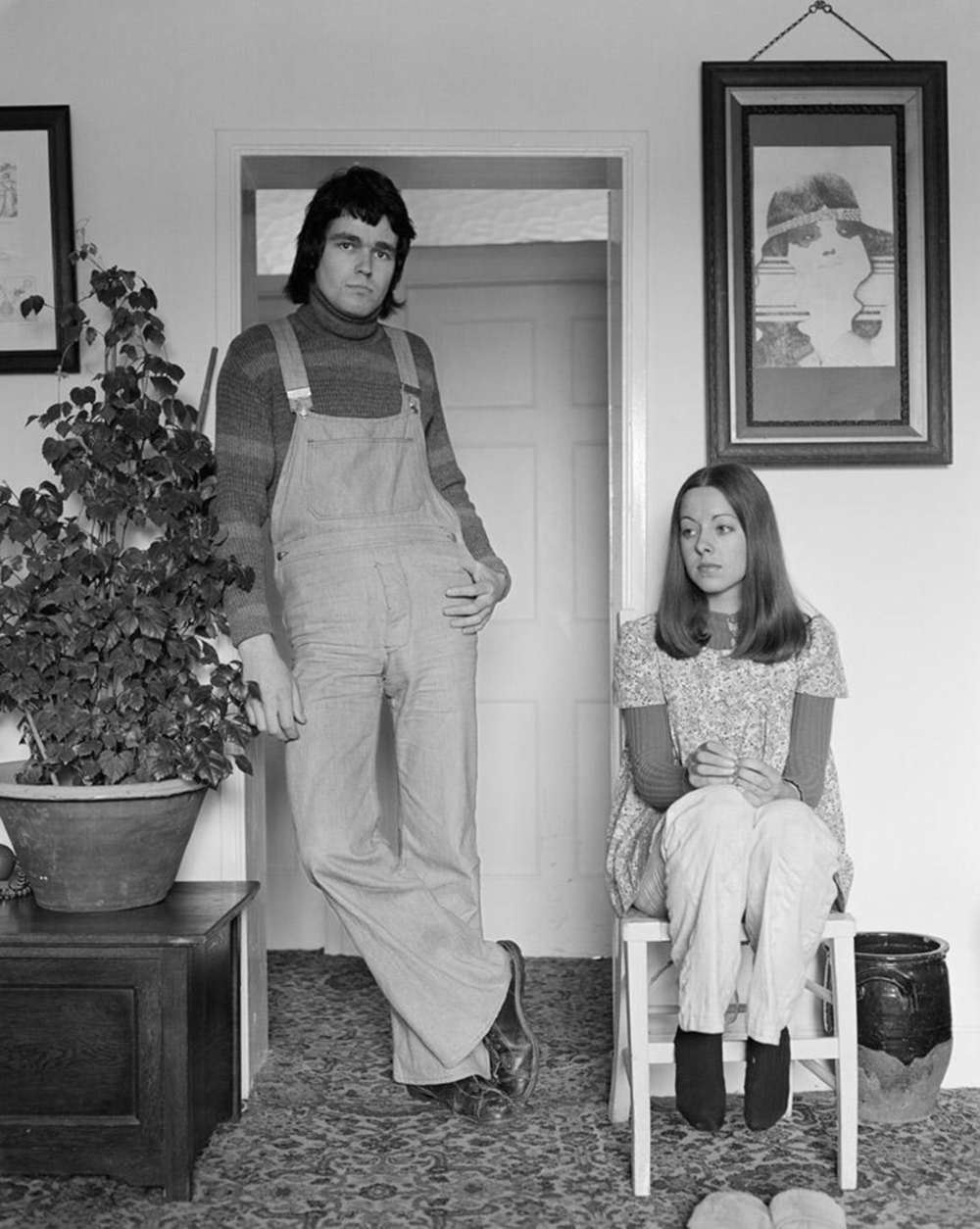
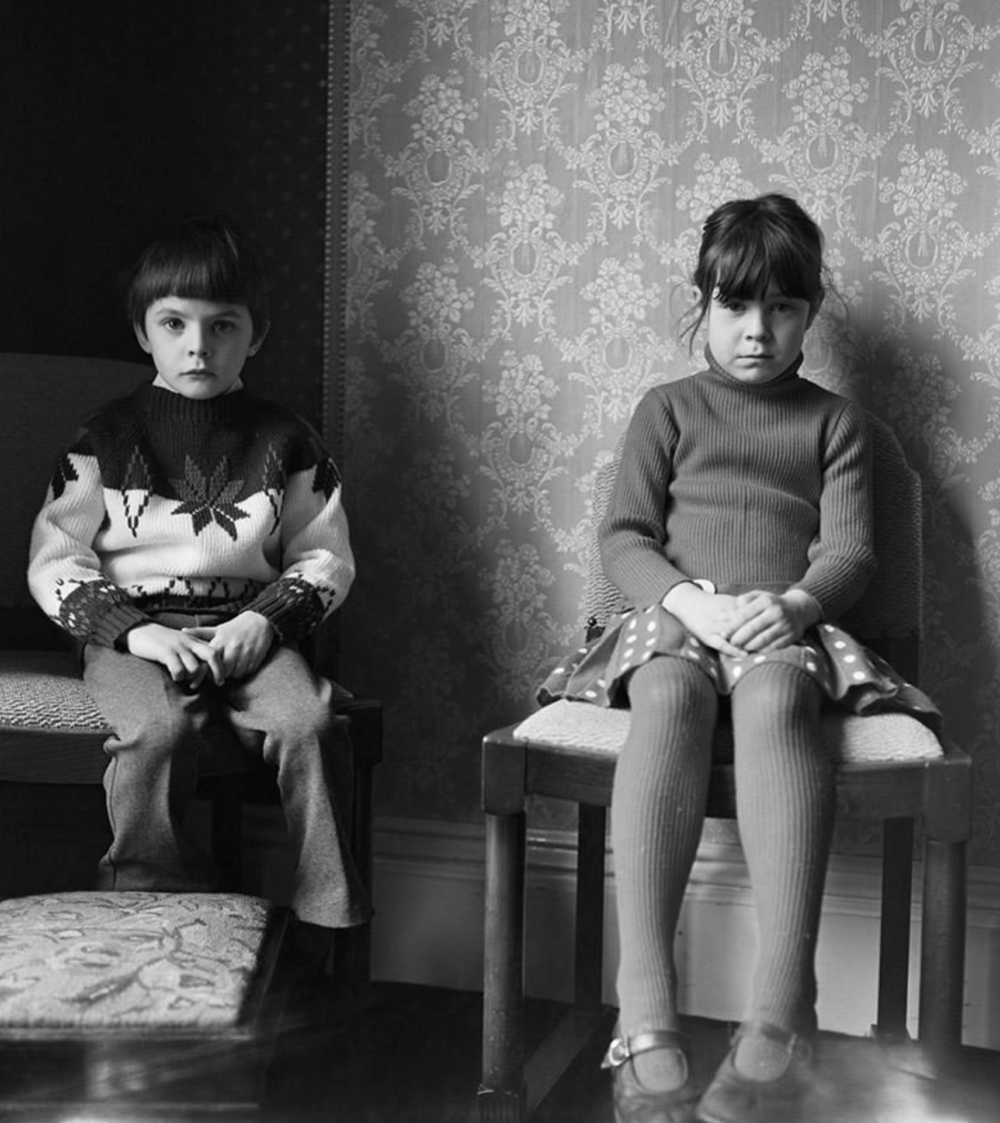
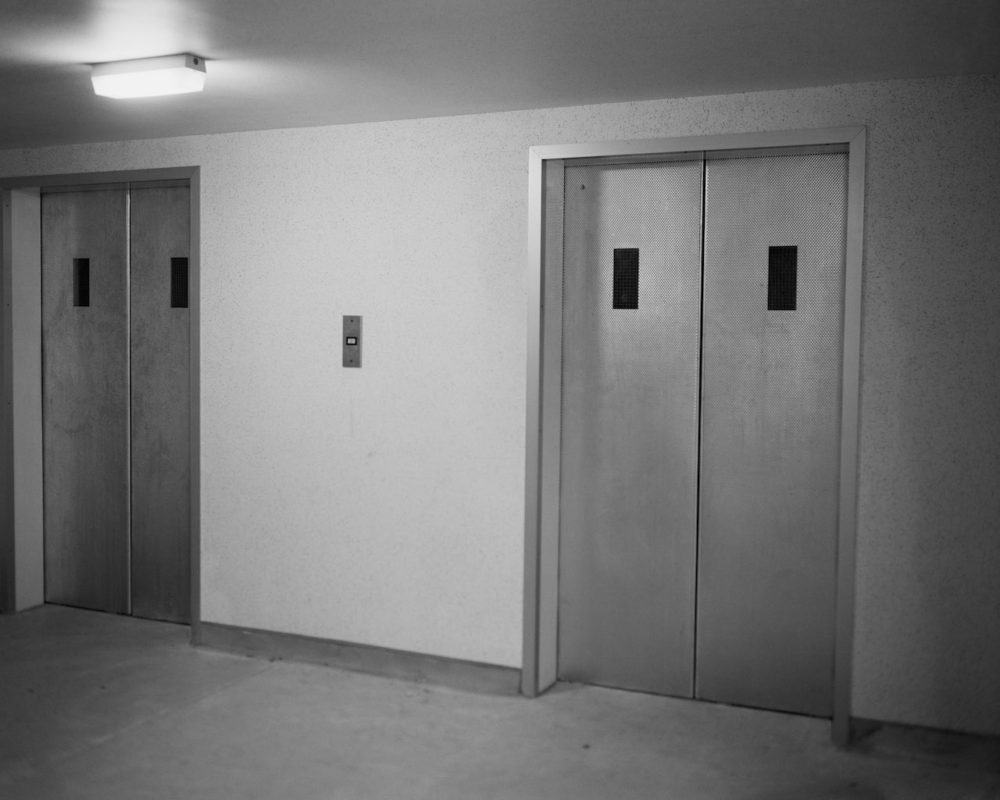
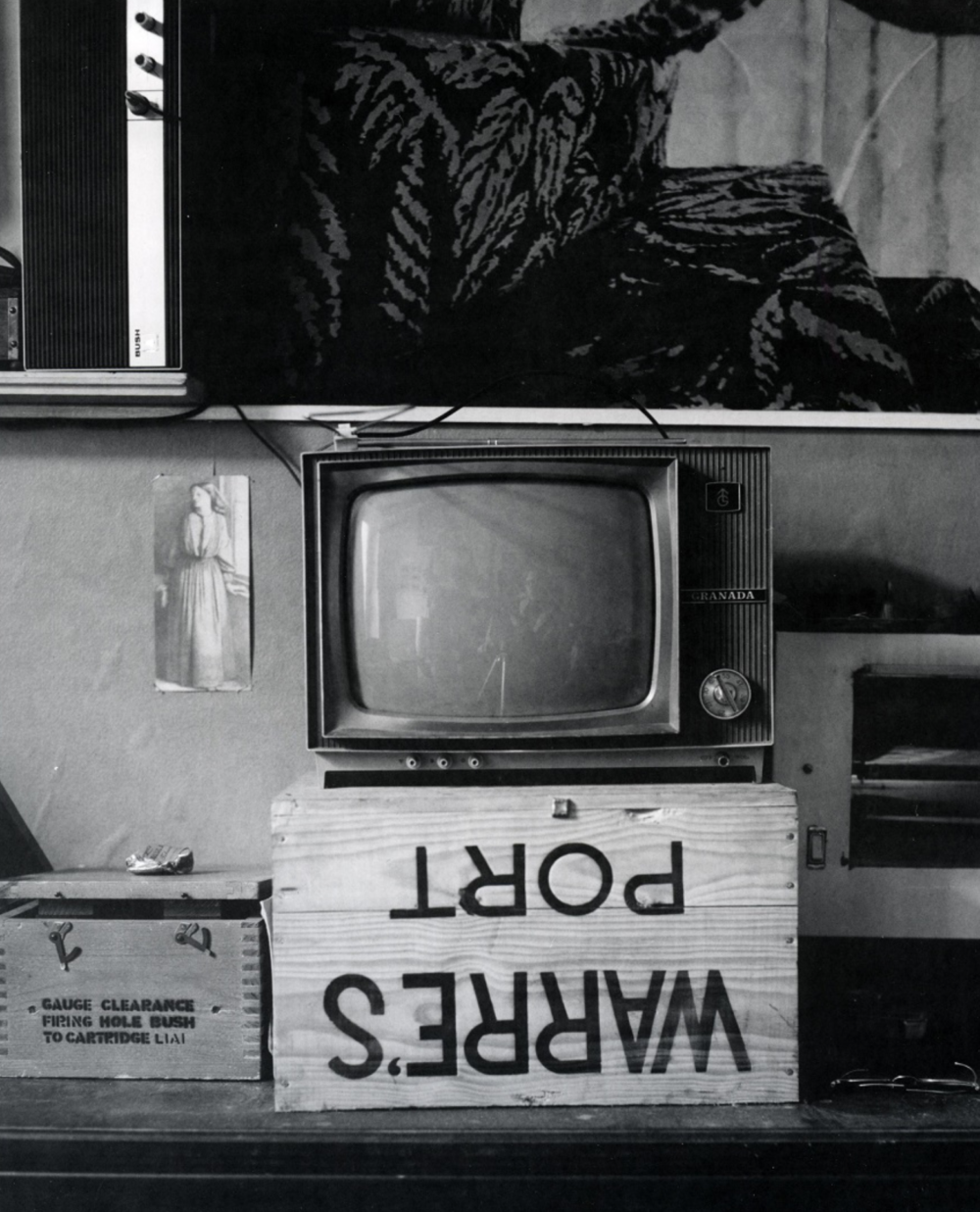






[…] A version of this interview was published in Fused magazine. […]